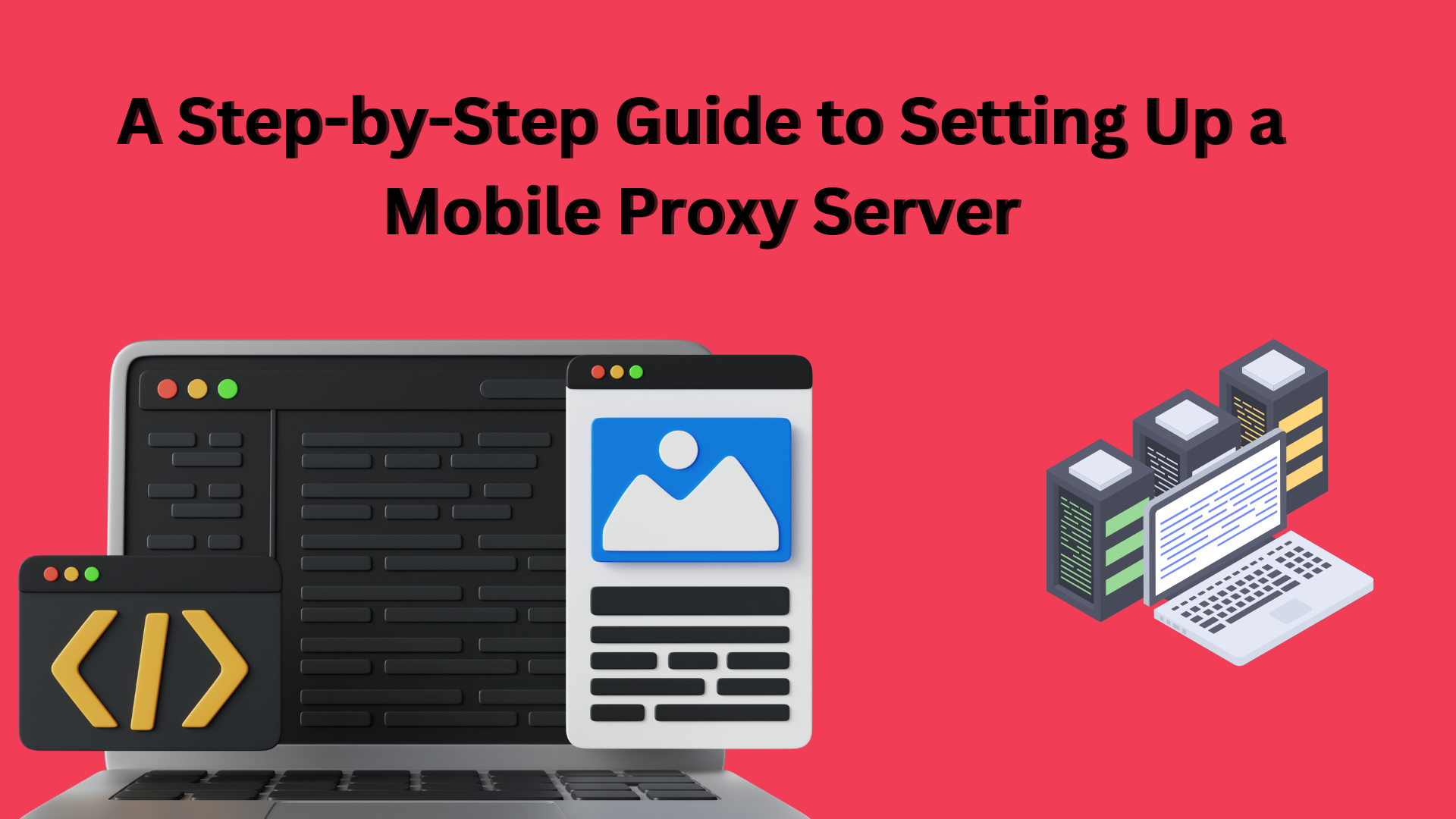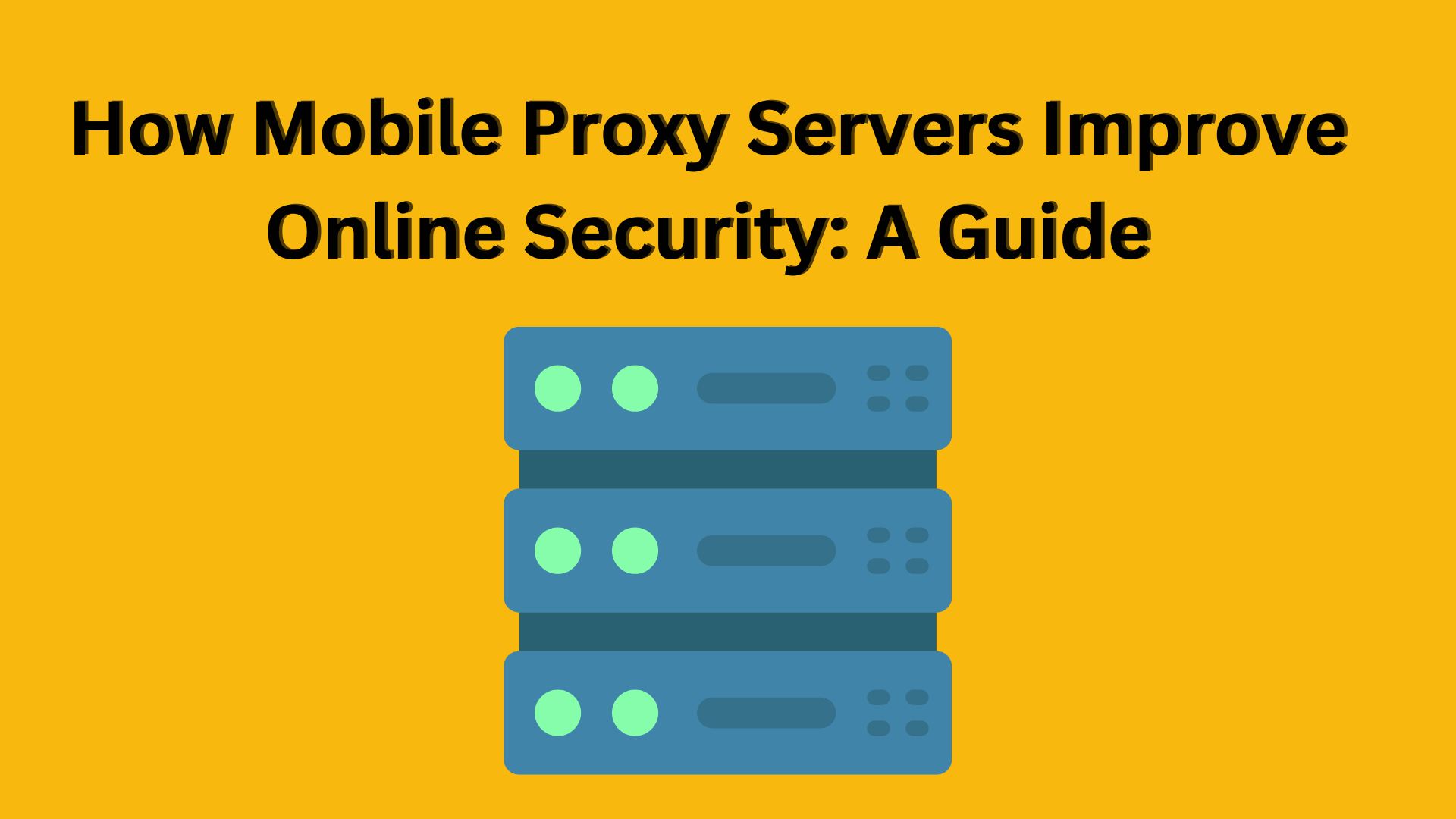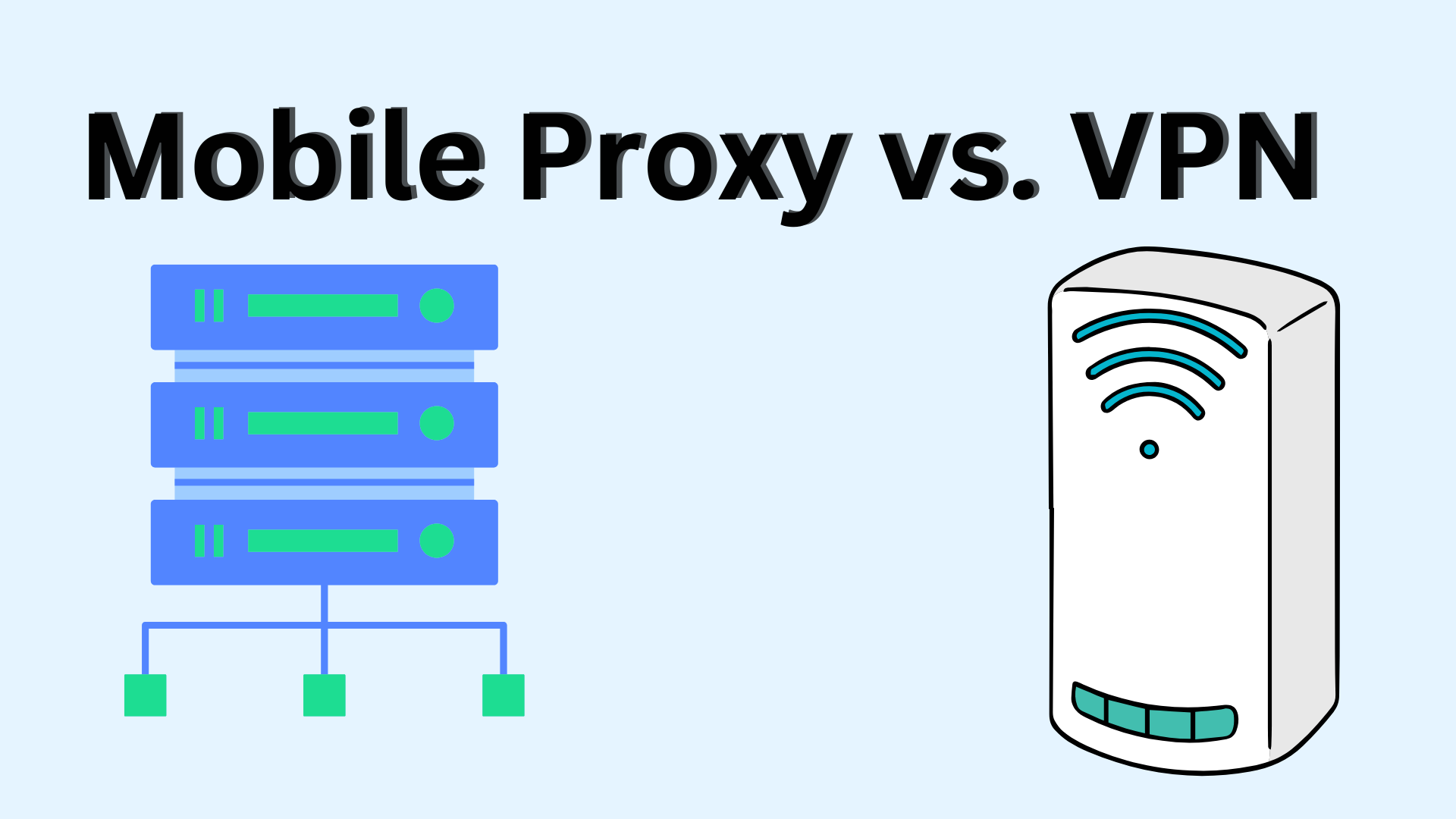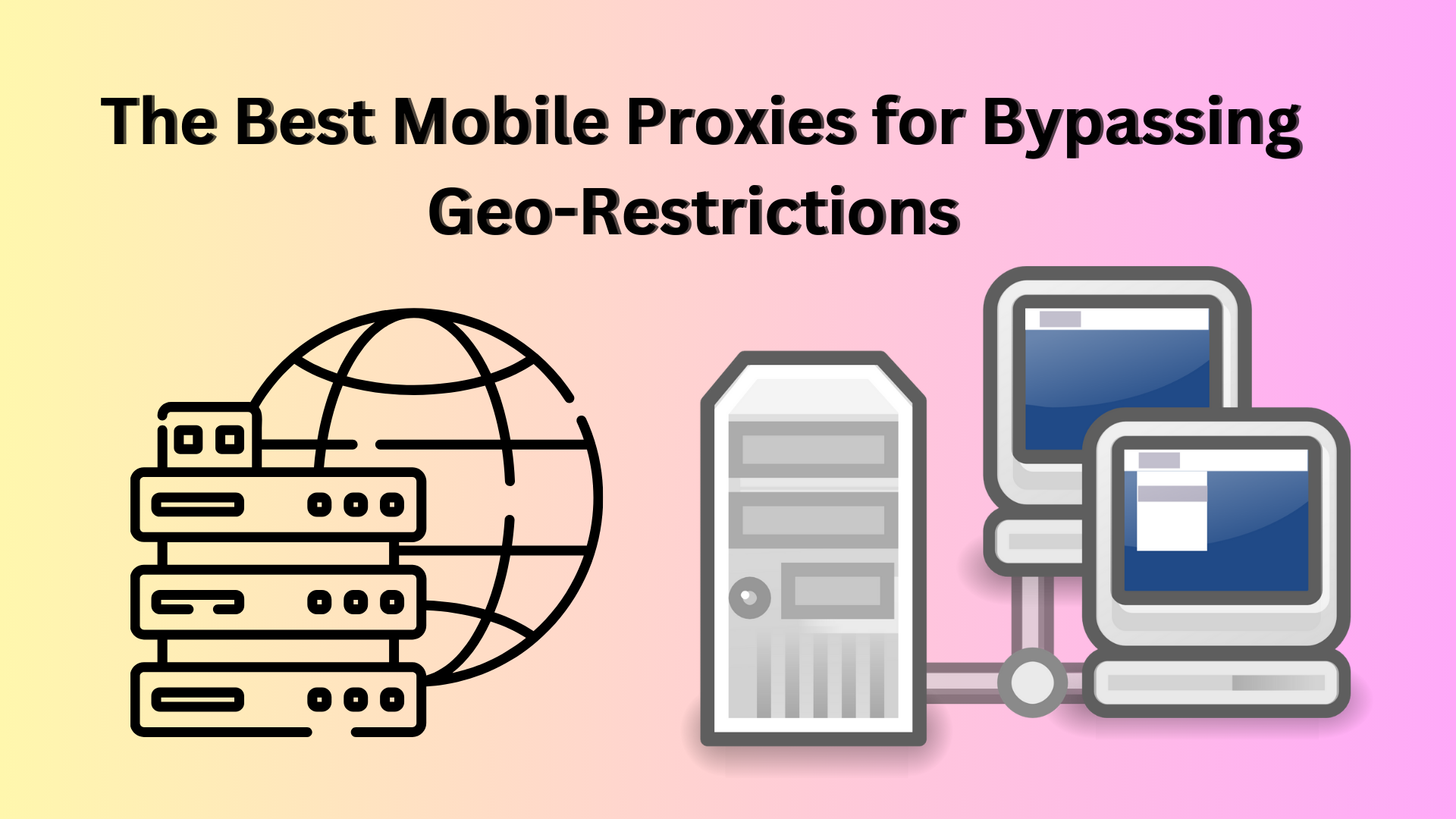What is a Mobile Proxy Server?
A mobile proxy server is an intermediary that routes your internet traffic through a mobile device, such as a smartphone or tablet, using its mobile data connection. This process effectively hides your original IP address, making it appear as if your traffic is coming from the mobile device. This technique is particularly useful for tasks that require anonymity or to bypass certain regional restrictions.
Why Use a Mobile Proxy Server?
The main reason for using a mobile proxy server is to maintain online privacy and anonymity. Whether you’re conducting sensitive research, managing multiple social media accounts, or simply want to keep your online activities private, a mobile proxy can help. Unlike traditional proxies, mobile proxies offer IP addresses associated with real mobile carriers, making them more reliable and less likely to be detected or blocked.
Benefits of Using a Mobile Proxy Server
- Increased Anonymity: By masking your IP address, a mobile proxy server makes it difficult for websites and online services to track your activities.
- Bypassing Restrictions: Mobile proxies can help you access content that may be restricted based on your geographical location.
- Better Security: Routing your traffic through a mobile device adds an extra layer of security, protecting you from potential threats.
- Improved Performance: Mobile proxies can offer faster connection speeds, especially in areas with strong mobile networks.
Understanding Mobile Proxy Servers
How Mobile Proxy Servers Work
Mobile proxy servers work by redirecting your internet traffic through a mobile device. When you request a website or online service, the request first goes to the proxy server, which then forwards it to the destination using the mobile device’s IP address. The response from the website is sent back to the proxy server and then relayed to you. This entire process happens seamlessly, making it appear as though the request originated from the mobile device.
Types of Mobile Proxies
Residential Mobile Proxies
Residential mobile proxies use IP addresses provided by mobile carriers to real users. These proxies are less likely to be flagged or blocked by websites because they appear to be genuine mobile users. They are ideal for tasks like web scraping, accessing restricted content, or managing multiple accounts without raising red flags.
Data Center Mobile Proxies
Data center mobile proxies are hosted in data centers but use IP addresses that mimic those of mobile carriers. While they are generally faster and cheaper than residential proxies, they are more likely to be detected and blocked by websites due to their non-residential nature.
Use Cases for Mobile Proxies
- Social Media Management: Mobile proxies are essential for managing multiple social media accounts without getting banned.
- Web Scraping: Use mobile proxies to scrape data from websites that block traditional data center proxies.
- Ad Verification: Verify the accuracy and placement of online ads by routing your traffic through different locations using mobile proxies.
- Geo-Targeting: Access region-specific content by using a mobile proxy from the desired location.
Setting Up a Mobile Proxy Server: Prerequisites
Required Tools and Software
Before setting up a mobile proxy server, you’ll need the following tools and software:
- A smartphone or tablet with a mobile data connection
- A proxy server application or service (e.g., Squid, TinyProxy)
- Access to the device’s settings for network configuration
- A reliable proxy provider if you’re opting for a pre-configured solution
Choosing the Right Mobile Device
The choice of mobile device is crucial. Ensure that the device has a stable internet connection, preferably with a 4G or 5G network for optimal speed. Also, consider the device’s battery life and data plan, as running a proxy server can consume significant resources.
Selecting a Proxy Provider
If you’re not tech-savvy or prefer a more straightforward solution, consider using a proxy provider that offers mobile proxies. Look for providers with good reputations, transparent pricing, and reliable customer support.
Step-by-Step Guide to Setting Up a Mobile Proxy Server
Step 1: Preparing Your Mobile Device
Start by preparing your mobile device. Ensure it is fully charged and connected to a stable mobile network. Disable any battery-saving features that might interrupt the proxy service. Also, ensure that the device has adequate data coverage and that you have a sufficient data plan.
Step 2: Installing Necessary Software
Install a proxy server application on your mobile device. Popular options include Squid and TinyProxy. If you’re using an Android device, you can find these apps on the Google Play Store. For iOS users, you might need to jailbreak your device to access some proxy server applications.
Step 3: Configuring the Mobile Proxy Settings
After installing the proxy server application, configure the settings. This typically involves:
- Setting the IP address and port number for the proxy server.
- Enabling authentication (optional) to restrict access to your proxy.
- Configuring the server to start on boot to ensure it runs continuously.
Step 4: Testing the Proxy Server
Once everything is set up, it’s time to test your mobile proxy server. Use a different device to connect to the proxy using the IP address and port number you configured. Visit a website to see if the traffic is routed correctly through the mobile proxy. You can use services like “WhatIsMyIP” to check the IP address being used.
Step 5: Troubleshooting Common Issues
If the proxy server doesn’t work as expected, troubleshoot by:
- Checking the network connection of the mobile device.
- Verifying that the IP address and port number are correctly configured.
- Ensuring that the proxy server application is running.
- Restarting the mobile device and the proxy server.
Advanced Configuration Tips
Optimizing Speed and Performance
To get the best performance from your mobile proxy server, consider the following:
- Use a High-Speed Network: Opt for 4G or 5G networks to minimize latency and improve speed.
- Limit Bandwidth Usage: Configure the proxy server to limit the amount of data it handles at any given time.
- Regular Maintenance: Periodically restart the device and clear cache files to ensure smooth operation.
Ensuring Security and Privacy
Security is a significant concern when running a proxy server. To enhance security:
- Enable Encryption: Use HTTPS to encrypt data between the proxy server and the client.
- Set Up a VPN: Consider using a VPN alongside your proxy server for added security.
- Monitor Usage: Regularly check who is using your proxy to prevent unauthorized access.
Managing Multiple Mobile Proxies
If you’re managing multiple proxies, it’s essential to:
- Use Different Devices: Assign each proxy to a different mobile device to avoid IP conflicts.
- Track IP Addresses: Keep a record of IP addresses and ports for easy management.
- Automate Management: Use software to automate the management and rotation of proxies.
Common Pitfalls to Avoid
Avoiding IP Blocking
To prevent your mobile proxy IP from being blocked:
- Rotate IPs Frequently: Change the IP address at regular intervals.
- Avoid Suspicious Activity: Don’t engage in activities that could raise red flags, such as excessive scraping.
- Use Residential Proxies: When possible, use residential mobile proxies as they are less likely to be blocked.
Managing Data Usage
Running a proxy server can consume a lot of data. To manage this:
- Monitor Data Usage: Keep track of how much data your proxy server is using.
- Set Limits: Configure data limits to avoid excessive charges.
- Optimize Traffic: Use compression techniques to reduce data usage.
Ensuring Compliance with Legal Standards
Make sure your use of a mobile proxy server complies with local and international laws. Some regions have strict regulations regarding the use of proxies, especially for activities like web scraping or bypassing geo-restrictions. Always be aware of the legal implications before setting up and using a proxy server.
Conclusion
Setting up a mobile proxy server can significantly enhance your online privacy, security, and ability to access restricted content. By following the steps outlined in this guide, you can easily configure a mobile proxy server that meets your needs. Whether you’re managing social media accounts, conducting research, or simply browsing the web, a mobile proxy server is a powerful tool that can provide numerous benefits.
FAQs
What is the difference between a mobile proxy and a regular proxy?
A mobile proxy uses IP addresses associated with mobile devices, making them more reliable and harder to detect compared to regular proxies that use IPs from data centers.
Can I set up a mobile proxy on any device?
While you can set up a mobile proxy on most smartphones and tablets, the process may vary depending on the device’s operating system and whether it is rooted or jailbroken.
Is using a mobile proxy server legal?
The legality of using a mobile proxy server depends on how you use it and the laws in your country. It’s important to ensure that your activities comply with local regulations.
How do I maintain my mobile proxy server?
Regular maintenance includes monitoring data usage, ensuring the proxy server is up-to-date, and checking for any unauthorized access to your proxy.
Are there free options for mobile proxy servers?
While there are some free mobile proxy services available, they may not offer the same level of reliability, speed, or security as paid options. It’s often better to invest in a reputable service for better performance.






Pingback: The Future of Mobile Proxies: Trends and Predictions
Pingback: Mobile Proxy Use Cases: From Web Scraping to Ad Verification